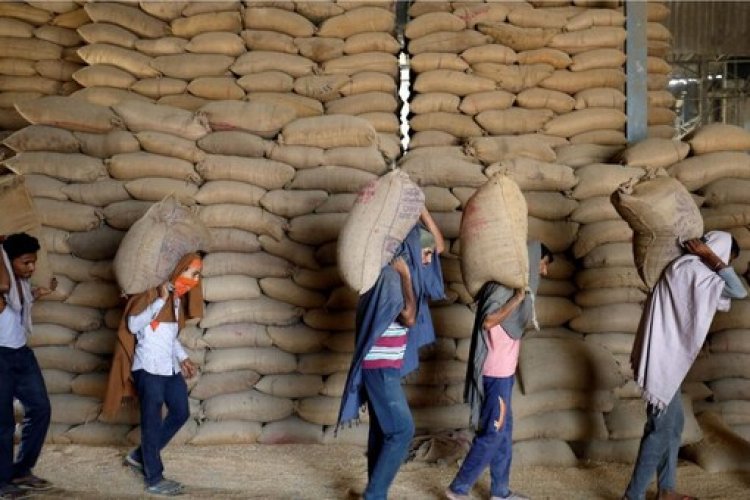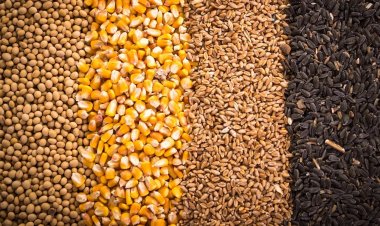World cereal total utilization in 2023/24 is forecast at 2 813 million tonnes, up 2.4 million tonnes from the previous month and 1.1 percent higher than in 2022/23. Following a 1.9-million-tonne upward revision this month, global wheat utilization in 2023/24 is expected to reach 791.4 million tonnes, surpassing the estimated 2022/23 level by 1.8 percent, supported by expectations of a strong growth in feed use as well as higher food consumption and other uses.
Nearly unchanged from last month, the forecast for total utilization of coarse grains in 2023/24 is pegged at 1 500 million tonnes, up 1.2 percent from the previous season, driven mainly by increased maize utilization (especially for feed and industrial uses).
World rice utilization is forecast to total 521.6 million tonnes (milled basis) in 2023/24, only marginally changed from the previous month and 0.7 million tonnes below the 2022/23 estimate, as foreseen cuts in the use of rice for animal feed are predicted to offset a population-led increase in food intake.
The forecast for world cereal stocks by the close of seasons in 2024 has been raised by 5.3 million tonnes since the previous month to 886.5 million tonnes, up 2.7 percent above the opening level and marking a new record high. Based on the latest forecast, the global cereal stock-to-use ratio would be 30.8 percent in 2023/24, nearly unchanged from 30.7 percent in 2022/23 and indicating a comfortable supply level.
Accounting for the bulk of this month’s upward revision, the forecast for world wheat inventories has been raised by 4.2 million tonnes since November, mainly in Egypt, the European Union and Saudi Arabia, and is now pegged at 319.3 million tonnes, up 0.2 percent from the opening level.
Global coarse grain inventories, nearly unchanged from last month, are forecast to increase by 5.7 percent from opening levels to 367.5 million tonnes. An upward revision to maize stocks this month, mostly reflecting higher foreseen inventories in the United States of America stemming from a larger production estimate, will likely offset a downward revision to barley inventories largely attributed to lower stocks in the European Union.
FAO’s forecast for global rice stocks at the close of 2023/24 marketing seasons has been upgraded by 0.8 million tonnes, following several slight upward adjustments to carry-overs, namely for Guinea, Indonesia, Myanmar and Thailand. As a result, world rice reserves are now predicted to rise by 1.6 percent from their opening level to a new peak of 199.7 million tonnes.
World trade in cereals in 2023/24 is forecast at 468.4 million tonnes, down marginally from last month and 1.8 percent lower than the 2022/23 level. Pegged at 194.1 million tonnes, the forecast for world wheat trade in 2023/24 (July/June) is nearly unchanged month on month. Upward adjustments to export forecasts for Türkiye and Ukraine were offset by downward revisions to export prospects for Argentina, Brazil and the European Union.
The forecast for world trade in coarse grains in 2023/24 (July/June) is also nearly unchanged from the previous forecast and still slightly (0.8 percent) below the 2022/23 level. Global maize trade was marginally revised upward this month, reflecting stronger import demand anticipated from Mexico and Saudi Arabia and higher exports by Paraguay and the Russian Federation, but it is still seen heading for a 1.5 percent decline from 2022/23.
The forecast for international trade in rice in 2024 (January/December) has been lowered by 0.6 million tonnes to 52.3 million tonnes, mainly due to a downward adjustment to imports by China, which was only partly offset by an increase to Indonesia’s purchases. The revised forecast would imply that world rice flows in 2024 will likely fall 1.5 percent below their already reduced 2023 level.




 Join the RuralVoice whatsapp group
Join the RuralVoice whatsapp group







































